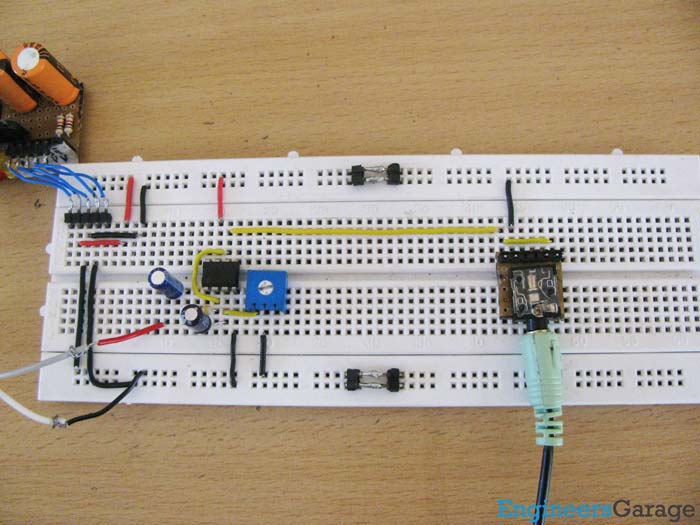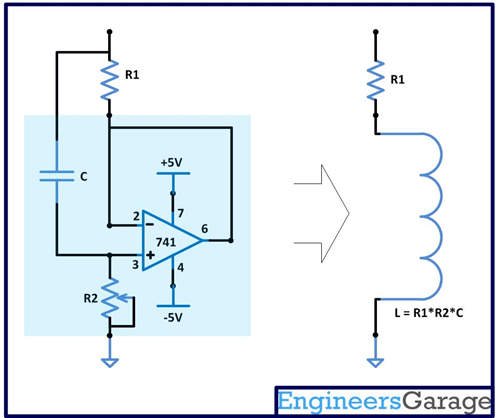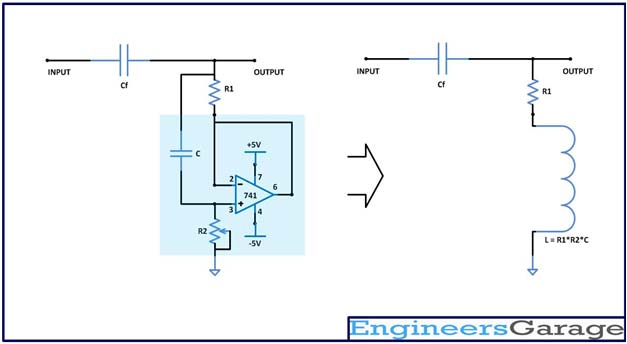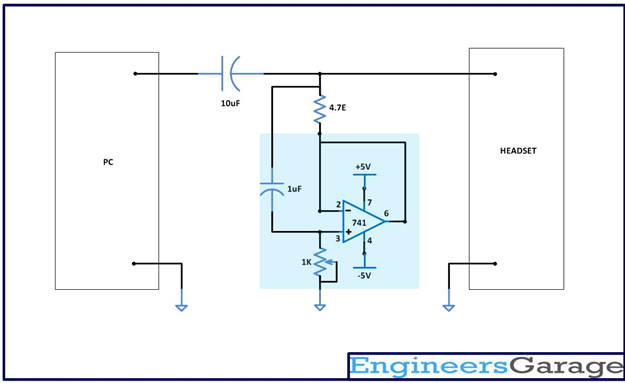The inductor coil is one of the fundamental electronic components however it is very less used in the electronic circuits as compared to the other components. The reasons are mainly due to its physical size, sensitivity to the presence of electromagnetic field, unavailability of wide range of inductance values etc. The inductors cannot be included in the Integrated Circuit Chips due to its three dimensional geometry and size. Hence most of the circuit designers try to avoid inductor coils from their circuits and prefer ‘Synthetic Inductor Circuits’ which simulates an inductor using other electronic components.

The basic concept of the Synthetic Inductor circuit is to use a capacitor and inverse its properties so that it behaves like an inductor. The advantages of this circuit over the actual inductors are the very low internal resistance, easily varying the inductance value in wide ranges, possible to design high quality filter circuits etc.




Filed Under: Circuit Design


Questions related to this article?
👉Ask and discuss on EDAboard.com and Electro-Tech-Online.com forums.
Tell Us What You Think!!
You must be logged in to post a comment.